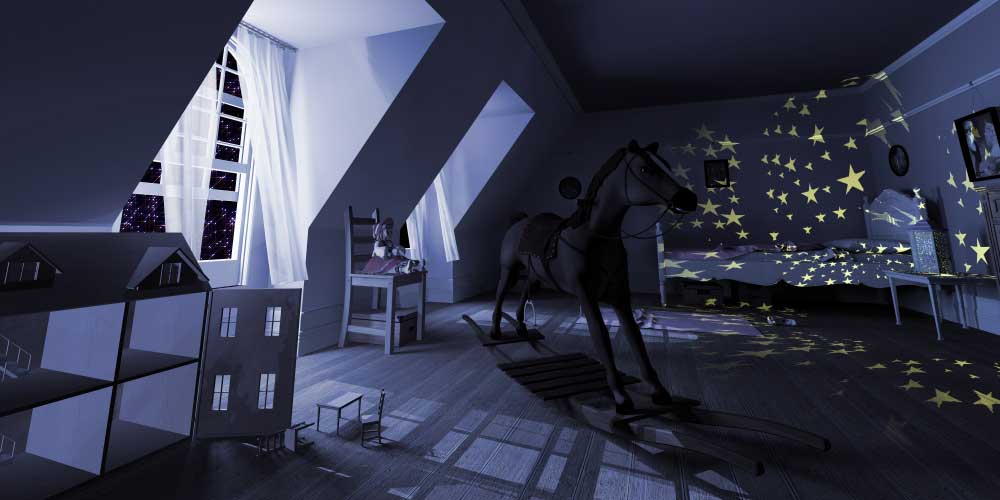Tell Your Personal Story and Captivate Fulldome Audiences
Writing a fulldome planetarium show — or indeed, any documentary about science — is a complex task. You find all the facts you want to present, figure out ways to illustrate them, get a narrator, find music, and then assemble it all into a show. However, even before the visualizations and soundtracks and dome masters, you start with the story.
As a scriptwriter, I’ve always kept the mantra “It’s the story” foremost in my mind. Hence, the story of a little cat who goes to the Moon becomes a way for kids to learn about the Moon in Larry Cat in Space. Or, the idea of stargazing through the eyes of a cowboy is the central tenet of The Cowboy Astronomer.
 I thought about “story” when we picked up the fulldome show Starlight from Melbourne Planetarium for distribution. It tells a lovely story of a young girl who learns to love the stars from her father.
I thought about “story” when we picked up the fulldome show Starlight from Melbourne Planetarium for distribution. It tells a lovely story of a young girl who learns to love the stars from her father.
After watching the show in the Pixeldome here at Loch Ness Productions, I wrote to Dr. Tanya Hill to find out what spurred the tale she told in her script. Tanya told me that the story of “Margaret” is based on her own experiences as a child being afraid of the dark and having her father show her the stars in the night sky.
“One of the things we always try to do with our documentary shows is to bring some element of story/narrative to break away from presenting only ‘facts’,” Tanya told me. “By doing that, our aim is to capture as wide an audience as possible. Beyond the traditional science buffs who love planetariums, we want to enthuse ordinary Jo Public — what’s the emotional hook that would have them investing time to see/enjoy the show?”
She’s right on about the story having an emotional hook. People remember that which moves their emotions, and a well-told story can help them retain knowledge we want them to recall. It’s the essence of being a good storyteller — and a teacher.
I’ll be sharing these and other thoughts about scriptwriting during the upcoming IMERSA Summit in March at the Denver Museum of Nature and Science. I recently finished the script for Evans & Sutherland’s Edge of Darkness show, and as always, it came down to telling a story and working through the challenges of weaving very recent events about Pluto and Ceres and Comet 67P into something to capture an audience’s attention.
Over the years I’ve taught script courses at IPS meetings and regionals, and even at Women in Science Day at UMASS-Lowell and other schools. Each time, I taught the very simple idea that we’re all storytellers. LNP once advertised ourselves as “Storytellers of the Universe”, and we are among good company with people like Tanya and others who write for the dome. Whether we’re creating new shows or helping a colleague license their shows out to the fulldome community, I like to think that we’re continuing a wonderful storytelling tradition that unites us under the dome in a love of the stars.


2 Responses to “Starlight” and Fulldome Storytelling